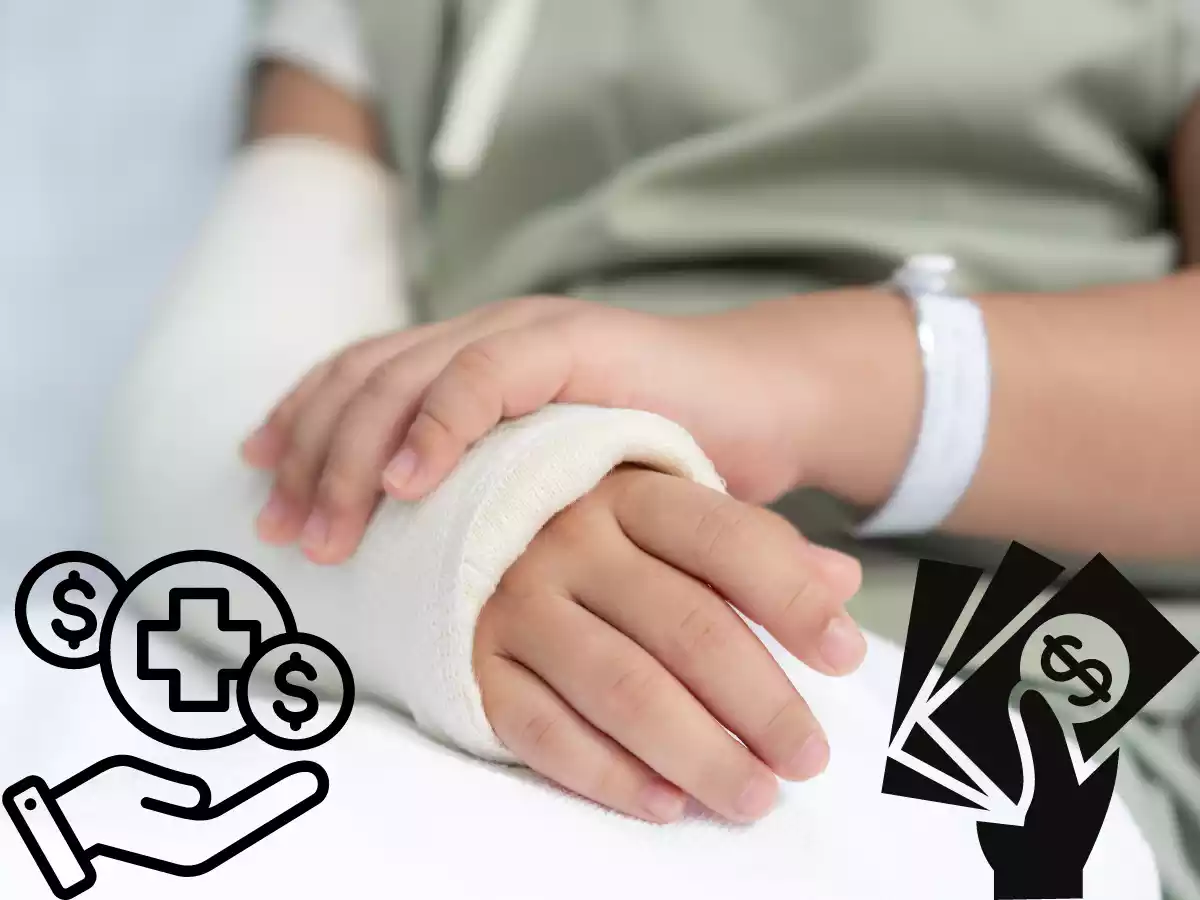Accidents can happen at any time, and one common injury that many people face is a broken arm. Whether it’s a simple fracture or a more complex break, the cost of treating a broken arm can be a significant concern, especially if you don’t have health insurance. In this article, we’ll explore the various expenses associated with treating a broken arm without insurance and provide some tips on how to manage these costs.
Understanding the Costs
Treating a broken arm involves several components, each contributing to the overall expense. It’s essential to break down these costs to get a clearer picture of what you might face without insurance.
1. Emergency Room Visit
If you break your arm, the first step is usually a trip to the emergency room. Without insurance, an ER visit can be costly, potentially ranging from $500 to $3,000 or more, depending on the hospital and the severity of the injury.
2. X-Rays and Diagnostic Tests
To determine the extent of the fracture, X-rays and other diagnostic tests may be necessary. These tests can add several hundred dollars to your medical bill.
3. Doctor’s Fees
Orthopedic specialists or general physicians who treat broken arms charge fees for their services. Initial consultations, follow-up appointments, and any necessary procedures contribute to these costs.
4. Casting or Surgery
Depending on the type of fracture, you may require a cast or even surgery. Surgical procedures are considerably more expensive, with costs ranging from $2,500 to $20,000 or more, while casting typically costs between $200 and $500.
5. Medications and Pain Management
Prescription medications for pain management and recovery can also add to your expenses. The cost varies depending on the medications prescribed.
6. Physical Therapy
In some cases, physical therapy is necessary to regain strength and mobility in the affected arm. Each session can range from $50 to $150.
Tips for Managing Costs
Dealing with a broken arm without insurance can be challenging, but there are strategies to help manage the financial burden.
1. Negotiate with Healthcare Providers
Many hospitals and healthcare providers are willing to negotiate fees, especially if you’re paying out of pocket. Don’t hesitate to discuss your situation and explore options for reduced fees or payment plans.
2. Seek Low-Cost or Charity Care Clinics
Some communities have low-cost or charity care clinics that provide medical services at reduced rates or even for free to those in need.
3. Consider Government Assistance
Depending on your income and circumstances, you may qualify for government assistance programs like Medicaid or state-funded healthcare initiatives.
4. Look for Payment Assistance
Some hospitals offer financial assistance programs that can significantly reduce your medical bills. Research these options and apply if you qualify.
5. Set Up a Payment Plan
If you’re unable to pay your medical bills in full immediately, inquire about setting up a payment plan with manageable monthly installments.
Conclusion
A broken arm is not only painful but can also be financially stressful, especially if you don’t have health insurance. Understanding the potential costs involved and exploring various avenues for financial assistance or reduced fees can help you manage the situation more effectively. While medical emergencies are unpredictable, being prepared with knowledge about your options can make a significant difference in your recovery process.
Frequently Asked Questions (FAQs)
1. Can I negotiate medical bills for a broken arm without insurance?
Yes, you can often negotiate medical bills, especially when paying out of pocket. Healthcare providers may be willing to reduce fees or set up a payment plan.
2. Are there charities or organizations that can help with medical expenses for a broken arm?
Yes, some charities and organizations provide financial assistance for medical expenses. Research local and national options that may be able to help.
3. What are the long-term costs associated with a broken arm?
Long-term costs may include physical therapy and follow-up appointments. The extent of these costs depends on the severity of the fracture and your recovery progress.
4. Are there any government programs that can help cover the expenses of treating a broken arm?
Depending on your income and eligibility, government programs like Medicaid or state-funded healthcare initiatives may provide assistance with medical expenses, including those related to a broken arm.
5. Can I purchase health insurance after a broken arm and have it cover the costs retroactively?
Health insurance policies typically do not cover pre-existing conditions retroactively. It’s essential to have insurance in place before any accidents or injuries occur.
Read more:https://wink24news.com/
More related
- when does the lender require you to purchase the homeowners insurance policy?
- apartment fire no renters insurance
- what happens if you have a mortgage and no homeowners insurance
- can i get a no insurance ticket dismissed
- what happens if you don’t pay a no insurance ticket
- best health insurance for visitors to usa with pre-existing conditions
- what health insurance covers 100 percent in usa
